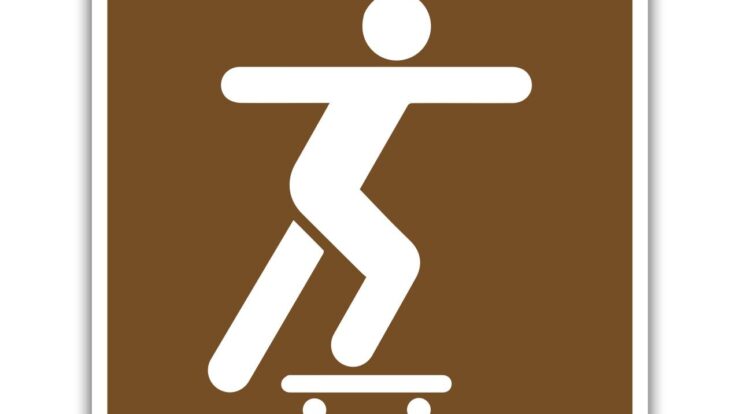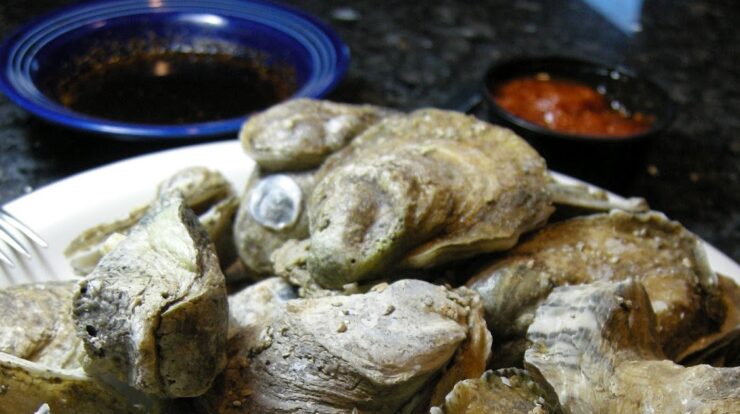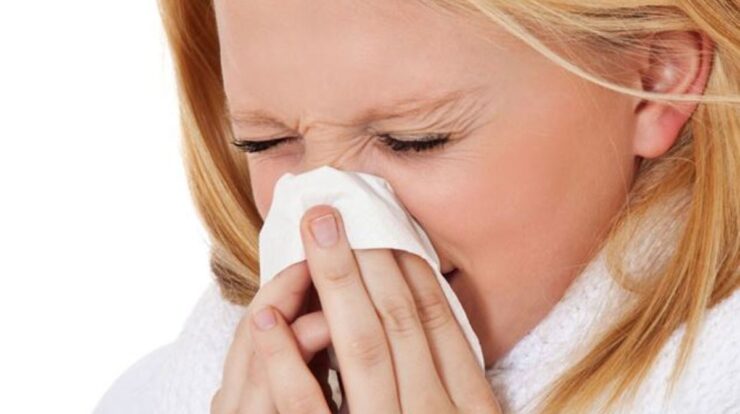What is the most stimulating form of massage? As we delve into this intriguing question, we embark on a journey that unveils the myriad of massage techniques, their physiological effects, and the subjective experiences they evoke. From deep tissue massage to sports massage, each technique holds unique benefits, targeting specific areas of the body to promote relaxation, reduce muscle tension, and improve circulation.
Massage therapy offers a holistic approach to well-being, addressing not only physical ailments but also emotional and psychological concerns. Join us as we explore the fascinating world of massage, discovering the most stimulating form that resonates with your needs.
Types of Massage Techniques
Massage techniques encompass a diverse range of approaches, each tailored to specific therapeutic goals and target areas. From invigorating deep tissue work to soothing Swedish massage, the choice of technique depends on individual needs and preferences.
Massage techniques can be broadly categorized into three main types:
- Swedish Massage:A gentle and relaxing technique that promotes overall well-being and reduces stress. It involves long, gliding strokes and kneading movements, focusing on superficial muscle layers.
- Deep Tissue Massage:A more intense technique that targets deeper muscle layers and fascia. It employs firm pressure and slow, deliberate strokes to release chronic muscle tension and improve mobility.
- Sports Massage:A specialized technique designed to enhance athletic performance and recovery. It focuses on specific muscle groups used in sports activities, promoting flexibility, reducing muscle soreness, and preventing injuries.
Additional Massage Techniques
Beyond these primary categories, numerous other massage techniques exist, each with its unique benefits and target areas:
- Trigger Point Therapy:Focuses on releasing tension in specific muscle knots or trigger points, alleviating pain and improving range of motion.
- Myofascial Release:Involves applying sustained pressure to fascia, the connective tissue surrounding muscles, to release tension and improve flexibility.
- Lymphatic Drainage Massage:A gentle technique that stimulates the lymphatic system, promoting fluid drainage and reducing swelling.
- Thai Massage:A traditional Thai technique that combines stretching, acupressure, and massage to improve flexibility, energy levels, and overall well-being.
- Shiatsu Massage:A Japanese technique that uses finger pressure on specific acupuncture points to balance energy flow and promote relaxation.
Physiological Effects of Massage
Massage is a holistic therapy that has numerous physiological benefits on the body. It enhances circulation, reduces muscle tension, and promotes relaxation.
Massage stimulates the circulatory system, improving blood flow and lymphatic drainage. This increased circulation helps deliver oxygen and nutrients to tissues and organs, while removing waste products.
What is the most stimulating form of massage? There are many different types of massage, each with its own unique benefits. For seniors with limited mobility, outdoor activities can be a great way to get some exercise and fresh air.
There are many different outdoor activities that are suitable for seniors with limited mobility, such as walking, swimming, and gardening. If you are looking for a more stimulating form of massage, you may want to consider trying a deep tissue massage.
Deep tissue massage is a type of massage that focuses on the deeper layers of muscle tissue. This type of massage can be very effective in relieving pain and tension, and it can also help to improve circulation. Whether you are looking for a relaxing or stimulating massage, there is sure to be a type of massage that is right for you.
To find out more about outdoor activities for seniors with limited mobility in Alabama, click here: Outdoor activities for seniors with limited mobility in Alabama
Reduced Muscle Tension
Massage helps release muscle tension by reducing the activity of muscle spindles, sensory receptors that detect muscle length. This relaxation effect can alleviate pain, stiffness, and spasms.
Promoted Relaxation
Massage stimulates the release of endorphins, neurochemicals that have pain-relieving and mood-boosting effects. It also activates the parasympathetic nervous system, which promotes relaxation and reduces stress levels.
Therapeutic Benefits
Massage has therapeutic benefits for various conditions, including:
- Stress reduction
- Pain management
- Improved sleep quality
- Reduced anxiety and depression
- Enhanced immune function
Subjective Experiences of Massage
Massage has been practiced for centuries, and anecdotal evidence suggests that it can provide a wide range of subjective benefits. People who have received massages often report feeling more relaxed, less stressed, and having improved mood.
There is also some evidence to suggest that massage can have a positive impact on physical health. For example, one study found that massage can help to reduce pain and stiffness in people with osteoarthritis. Another study found that massage can help to improve sleep quality in people with insomnia.
When it comes to the most stimulating form of massage, there are many different opinions. Some people prefer a deep tissue massage that targets the muscles and connective tissues, while others prefer a more gentle Swedish massage that focuses on relaxation.
Ultimately, the best type of massage for you will depend on your individual needs and preferences. However, if you’re looking for a massage that will leave you feeling relaxed and rejuvenated, a Swedish massage is a great option. And if you’re a senior with limited mobility, you may enjoy a summertime patio concert while getting a massage.
Summertime patio concerts enjoyed by seniors with limited mobility are a great way to get out of the house and enjoy some live music. They’re also a great way to meet new people and socialize. So, if you’re looking for a way to relax and rejuvenate, a Swedish massage is a great option.
And if you’re a senior with limited mobility, you may enjoy a summertime patio concert while getting a massage.
Emotional and Psychological Benefits
In addition to the physical benefits, massage can also provide a number of emotional and psychological benefits. For example, massage can help to:
- Reduce stress and anxiety
- Improve mood
- Promote relaxation
- Increase self-awareness
- Enhance body image
Massage can be a powerful tool for promoting overall well-being. It can help to reduce stress, improve mood, and promote relaxation. It can also help to improve physical health and increase self-awareness.
When it comes to exploring the most stimulating forms of massage, the journey can be both captivating and rewarding. However, it’s essential to consider individual needs and preferences. For instance, if you’ve recently undergone a hysterectomy, you may wonder about the best sleeping position.
While the answer to “can I lay on my side after hysterectomy?” can be found here , the pursuit of the most stimulating massage techniques remains a fascinating endeavor.
Factors Influencing Massage Efficacy
The effectiveness of massage therapy can be influenced by various factors. Understanding these factors is crucial to optimize the benefits and ensure a successful massage experience.
Therapist Experience
- Experienced massage therapists possess a deep understanding of anatomy, physiology, and massage techniques.
- They can effectively assess client needs, customize treatments, and adjust pressure and techniques accordingly.
Client Preferences
- Client preferences regarding pressure, duration, and specific techniques should be considered.
- Communication between the therapist and client is essential to ensure the massage meets individual needs and expectations.
Massage Environment, What is the most stimulating form of massage
- A comfortable and relaxing massage environment can enhance the overall experience and promote relaxation.
- Factors such as lighting, temperature, and noise levels should be carefully considered to create a soothing atmosphere.
Pressure, Duration, and Frequency
- Pressure, duration, and frequency of massage sessions can impact the outcome.
- Light pressure is suitable for relaxation, while deep tissue massage requires more pressure to reach deeper muscle layers.
- Shorter sessions may provide immediate relief, while longer sessions can have more sustained effects.
- Regular massage sessions can enhance cumulative benefits and maintain optimal well-being.
Contraindications and Safety Considerations
Massage therapy offers numerous benefits, but it is crucial to be aware of potential contraindications and safety considerations. Massage may not be appropriate or safe for individuals with certain medical conditions, injuries, or other health concerns. It is essential to consult with a qualified healthcare professional before receiving a massage.
Contraindications for Massage Therapy
Absolute contraindications, where massage is strictly prohibited, include:
- Active infections or contagious diseases
- Open wounds or skin lesions
- Severe burns
- Blood clots or deep vein thrombosis (DVT)
- Uncontrolled seizures
- Recent surgery (within 24-48 hours)
- Osteoporosis with severe bone loss
Relative contraindications, where massage may be performed with caution and modifications, include:
- Pregnancy (especially during the first trimester)
- High blood pressure
- Diabetes
- Heart conditions
- Cancer
- Skin conditions such as eczema or psoriasis
Ensuring Safety and Well-being During Massage Sessions
To ensure the safety and well-being of clients during massage sessions, it is crucial to:
- Obtain informed consent from the client before beginning the massage.
- Create a safe and comfortable environment for the client.
- Use appropriate techniques and pressure levels tailored to the client’s needs.
- Monitor the client’s response throughout the massage and adjust accordingly.
- Maintain professional boundaries and avoid inappropriate conduct.
- Respect the client’s privacy and confidentiality.
- Refer the client to a healthcare professional if any concerns arise during the massage.
Choosing the Right Massage for You
When selecting a massage technique, consider your specific needs and preferences. Determine whether you seek relaxation, pain relief, or improved circulation. Each massage technique offers unique benefits, so it’s crucial to choose one that aligns with your goals.
Evaluating Massage Options
Evaluate different massage options based on the following criteria:
- Technique:Research various massage techniques and their specific benefits.
- Experience of Therapist:Consider the therapist’s experience, training, and reputation.
- Cost:Determine the cost of the massage and whether it fits your budget.
- Convenience:Consider the location and availability of the massage therapist.
- Reviews:Read online reviews or ask for recommendations from friends or family.
Finding a Qualified Massage Therapist
To ensure a safe and effective massage, it’s essential to find a qualified and experienced therapist. Look for therapists who:
- Are licensed or certified:Verify that the therapist has undergone formal training and holds a valid license or certification.
- Have experience:Choose a therapist with extensive experience in the specific massage technique you desire.
- Are professional:Ensure the therapist maintains a clean and professional environment.
- Communicate effectively:Find a therapist who listens to your needs and explains the massage process clearly.
- Respect your boundaries:Choose a therapist who respects your physical and emotional boundaries.
By carefully considering your needs and evaluating different massage options, you can choose the right massage technique and find a qualified therapist to provide you with a safe and beneficial massage experience.
Closing Summary: What Is The Most Stimulating Form Of Massage
Our exploration of what is the most stimulating form of massage has illuminated the diverse range of techniques available, each offering distinct benefits. The physiological effects of massage, such as improved circulation and reduced muscle tension, contribute to its therapeutic value.
Subjective experiences vary widely, highlighting the emotional and psychological benefits of massage, including stress reduction and improved mood. Understanding the factors that influence massage efficacy, such as therapist experience and client preferences, empowers you to make informed choices. By selecting the right massage technique for your specific needs, you can harness the transformative power of touch to enhance your well-being.
FAQ Compilation
What are the different types of massage techniques?
Massage techniques vary widely, including Swedish massage, deep tissue massage, sports massage, Thai massage, and reflexology. Each technique offers unique benefits and targets specific areas of the body.
How does massage benefit the body?
Massage improves circulation, reduces muscle tension, promotes relaxation, and can alleviate pain. It also offers therapeutic benefits for various conditions, such as stress, anxiety, and chronic pain.
What are the subjective experiences of massage?
Subjective experiences of massage vary, but commonly reported benefits include reduced stress, improved mood, increased relaxation, and a sense of well-being.






